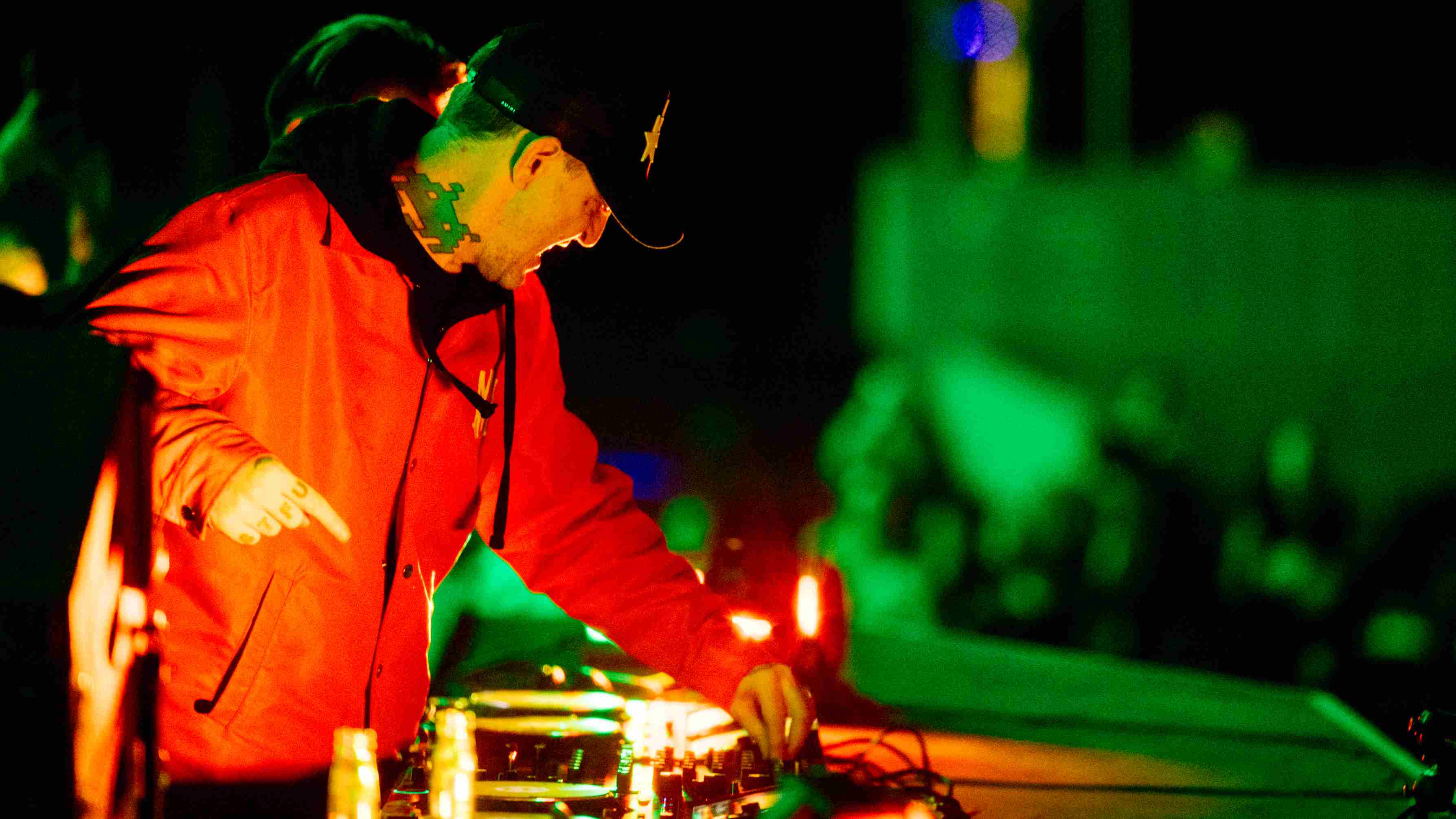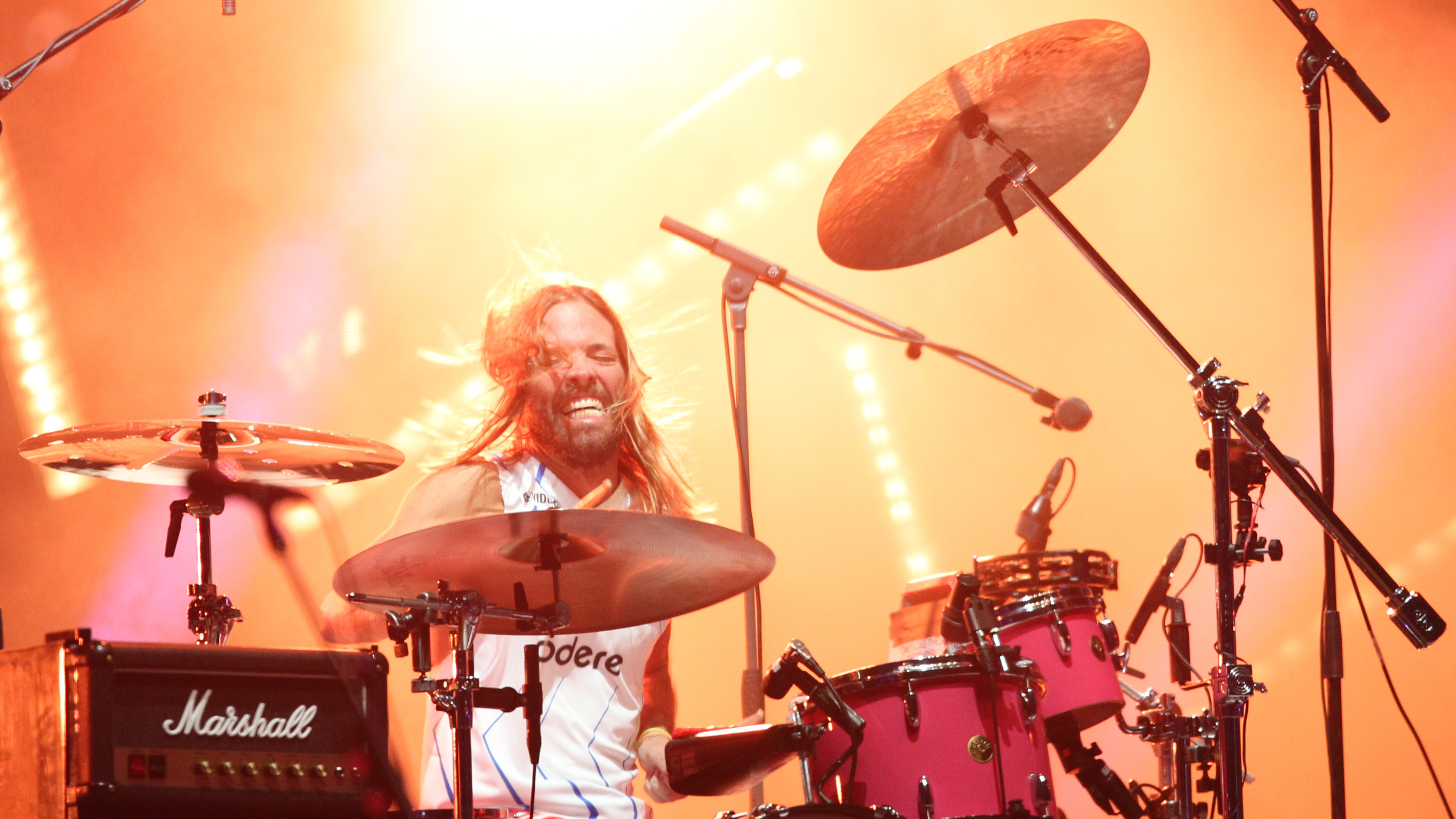
Taylor Hawkins has passed away, aged 50. We're republishing this 2015 feature in tribute.
The man best known for providing the beats behind Nirvana drummer Dave Grohl’s band Foo Fighters first made his name as Canadian songstress Alanis Morrisette’s touring drummer at the time of her kajillion-selling Jagged Little Pill album.
After Grohl had parted ways with Foos drummer William Goldsmith, and himself re-recorded the drum parts for the band’s 1998 album The Colour And The Shape, he welcomed Taylor into the band, beginning a long and fruitful relationship which would give the world many, many great drum tracks across their six albums since.
A committed Queen fan, who has also worked with Brian May and Roger Taylor on various projects over the years, Taylor also fronts his own band The Coattail Riders from behind the kit.
There Is Nothing Left To Lose (1999)
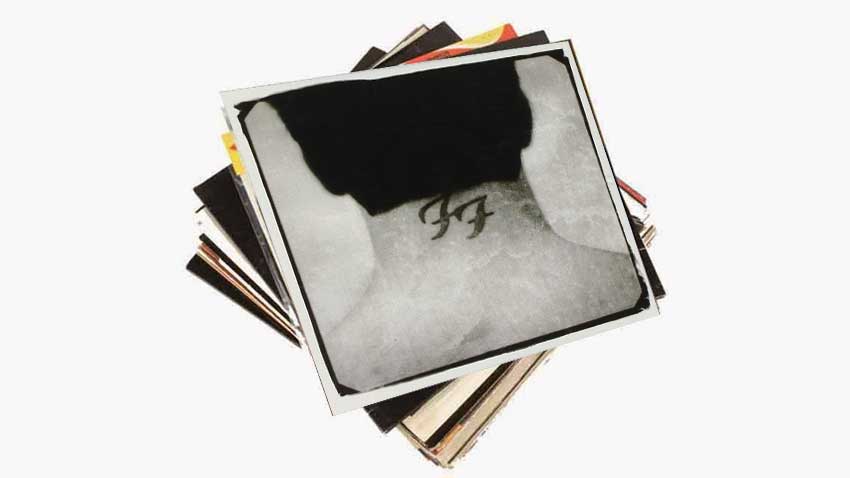
Taylor’s inventive drum parts on his first album with Dave Grohl’s outfit set the blueprint for Taylor and The Foos’ sound since. It’s all about the big rock grooves, lots of fast singles and some subtle ghost note layering when called for.
Learn To Fly, has, of course, one of the best ever videos, but flies high thanks to Taylor’s staccato punctuations in the verse with ringing metals and powerful, musical fills in the choruses; on Breakout he makes great use of his cymbals in the chorus, applying a tribal tom beat tot he verses; Stacked Actors’ starts with ringing four-to-the-bar snare hits, before a rather more subdued cocktail rhythm in the verses. It can't have been easy joining a band fronted by the Nirvana drum star, but from here on in, Taylor made the gig his own.
In Your Honour (2005)
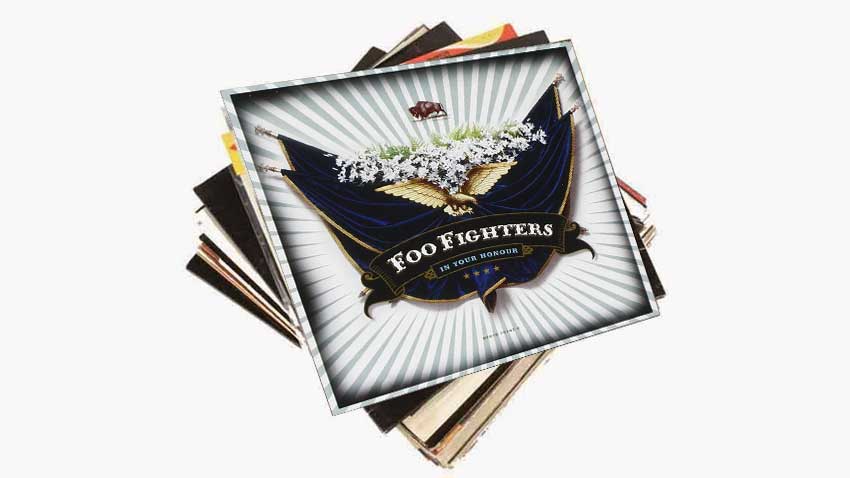
A double-album opus from the Foos, with Grohl keen to stamp his mark as a songwriter and all-round musical chameleon, featuring as it does one side of rockers and another of more gentle acoustic tracks.
Get the MusicRadar Newsletter
Want all the hottest music and gear news, reviews, deals, features and more, direct to your inbox? Sign up here.
Guest musos abound, including Led Zep's JPJ, while Hawkins shows he too has grown musically, with a couple of tracks credited to the sticksman. On the album’s undoubted highlight, Best Of You, Taylor starts big with a thundering groove that incorporates the floor tom and snare drum in an infectious baion-type rhythm. Reminding us of Ian Paice on the DeepPurple classic, The Mule, towards the end of the track, Taylor lets it all hang out in the with a blistering assortment of fills with varied subdivision and creative orchestration around kit for a perfect climax.
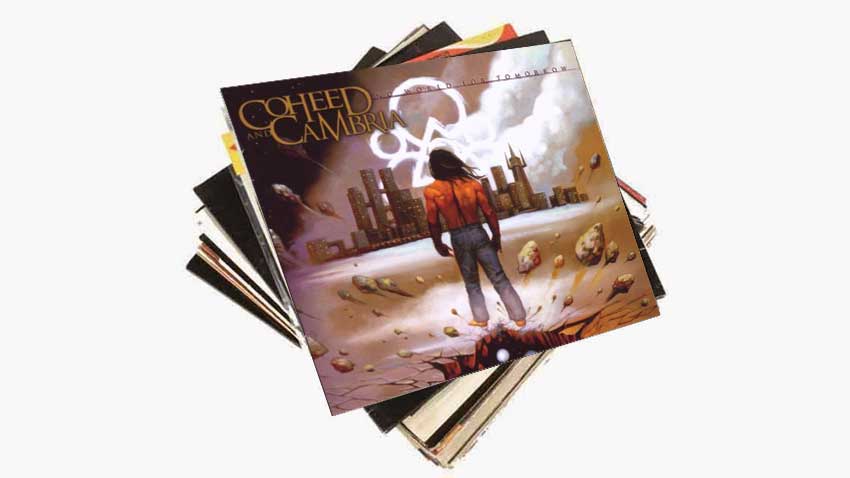
With Josh Eppard out of the band, Sanchez and co recruited Dillinger Escape Plan’s Chris Pennie, but due to contractual reasons Pennie could not appear on this, the band's fourth studio album. Coheed instead recruited Taylor to lay down the drum tracks – and Taylor proves he has prog chops to spare as he lays down the beats for Claudio Sanchez’s proggy post-hardcore outfit.
Chris Pennie had already traded some drum ideas with Sanchez, and much of Taylor’s work takes its cues from Pennie’s ideas. Taylor’s drums sound suitably huge and heavy on the metal No World For Tomorrow, while he shows he can do tasty military rolls in Mother Superior. The Hound (Of Blood And Rank) and Justice In Murder are rock behemoths, Taylor driving these beasts with power and finesse.
Red Light Fever (2010)
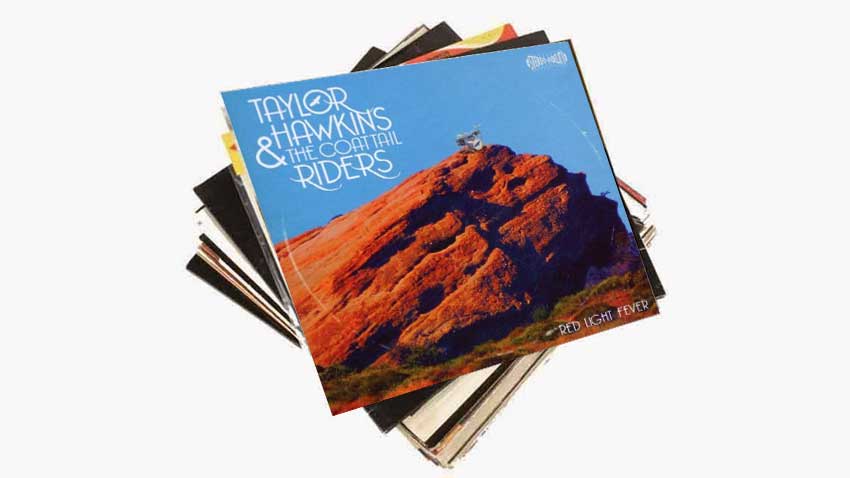
It’s no secret Taylor was one of the world’s biggest Queen and Roger Taylor fans. In fact, he's become best mates with the camp-rock superstars, and even played on the track Cyborg from Brian May’s 1998 solo album and sang backing vocals on the Queen/Paul Rodgers single C-lebrity in 2008. At Live Earth in 2007 Taylor was part of the drum-tastic SOS Allstars band alongside Roger Taylor and Chad Smith. Taylor’s side project band The Coattail Riders pays more than a little lip-service to this Queen-love, and features Gannin Arnold and Nate Wood on guitars, with Jane’s Addiction’s Chris Chaney on bass.
The band’s first, eponymous, album was released in 2006, and this was their 2010 follow-up, with the Foos drummer once again stepping up to the mic and paying homage to his rock heroes – not only Queen (the album features Taylor and May), but but 10CC and Led Zep too.
From the bombastic intro and falsetto chorus of Not Bad Luck to the laid back Never Enough, it’s a varied collection of feel-good old school rock tunes. Taylor’s playing doesn’t suffer from the multi-tasking of singing and drumming, and killer licks and musical fills are applied with care and consideration, serving the songs with more of a pop feel than the outright rock of the Foos.
Wasting Light (2011)
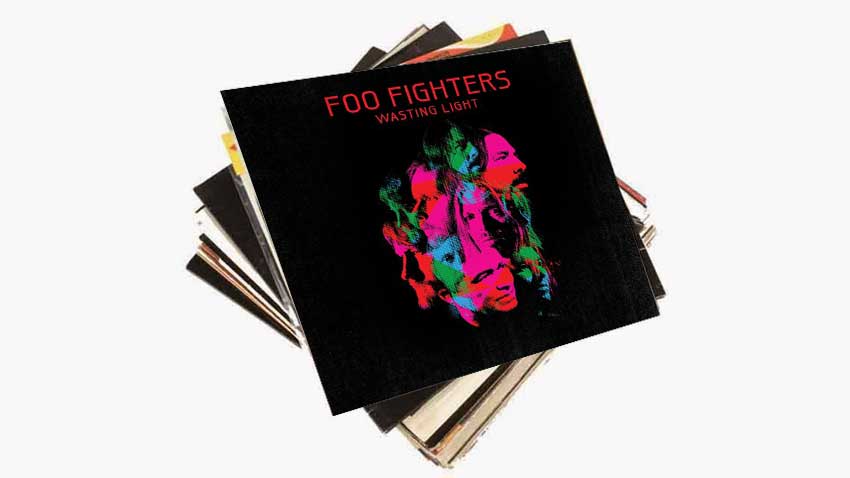
Back to rock basics for this Foos album, with Nevermind producer Butch Vig called in by Grohl to record the album to tape in the frontman’s garage. Taylor’s drumming is impressive – like much of his the Foos’ output, the album is packed with carefully-crafted drum tracks that are an integral part of the songs.
Bridge Burning has powerful 16th-note snare fills, ‘Dear Rosemary’ has a killer drum intro, and Arlandria kicks off with a pseudo double-time feel, and contains a number of different feels, all of which locks in perfectly with the guitars. Bridge Burning features Taylor in typically irrepressible form, with a variety of grooves and fills that are played with maximum power.
On Rope, Taylor smashes out the unison 16th-note snare drum figure and launches into the main groove, to make sense of the track’s deceptive guitar intro, before fast fills become the song’s motif.
Zak Starkey is back in The Who. “I take responsibility for some of the confusion… Zak made a few mistakes and he has apologised”, says Pete Townshend
“I oversaw every element - not just the music and the lyrics and the melodies and the production, but also the merch and the fan clubs and everything”: Mike Portnoy talks about his years away from Dream Theater









